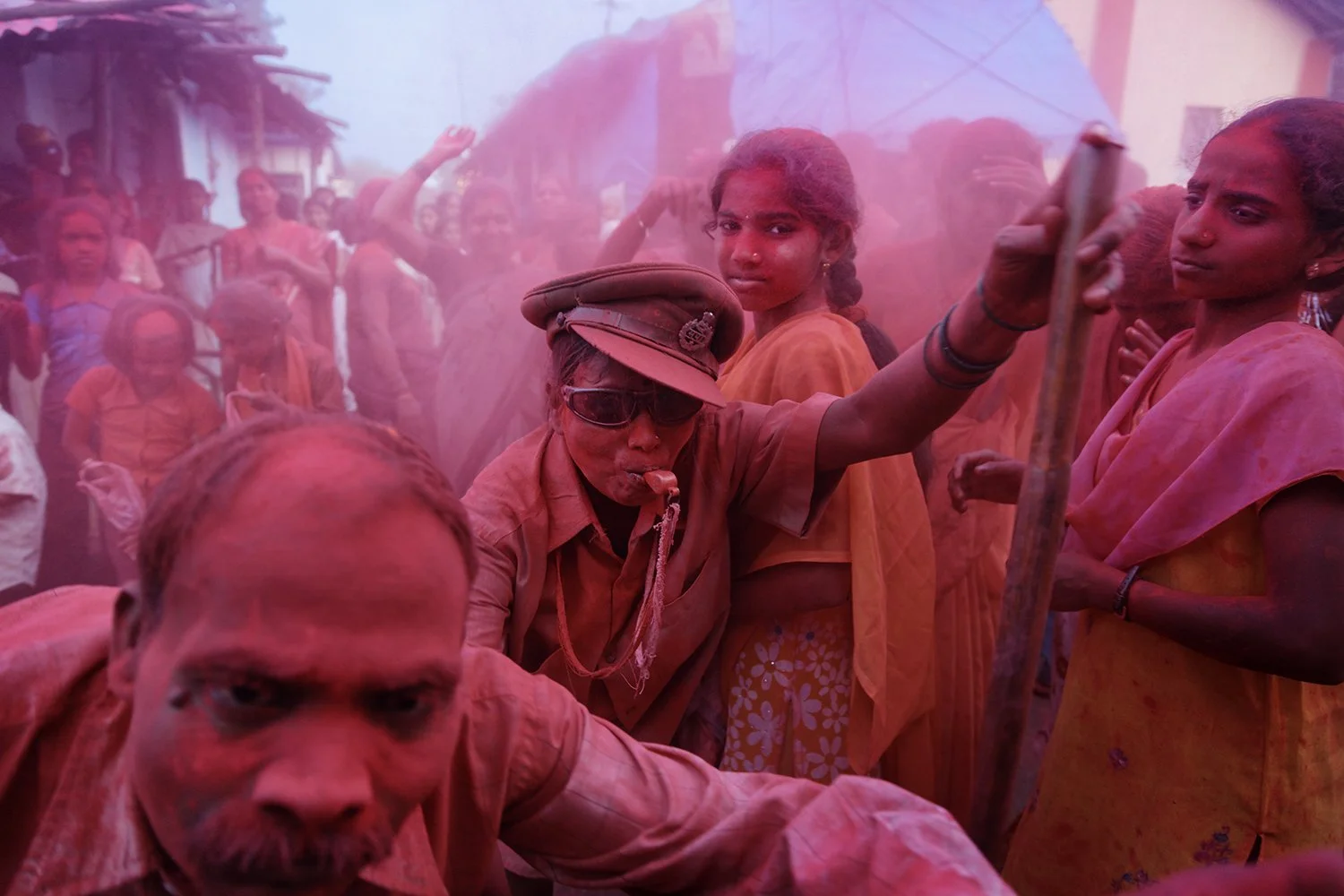Ed Kashi
Here we are with a reposting of an Analog Forever Magazine interview done instead of the traditional book review for Ed Kashi's then, just released monograph, Abandoned Moments. It was really nice to change things up by doing it this way instead of your average book review and a chance to dive deeper beyond the pages of his latest work.
What's also great is that Ed even took the time to send me a note with some very kind words after the interview was published. It put my head in the clouds a bit, and I've decided to add a testimonial page to this very site with quotes from some of the inspirational people who've made my day or year with their warmth and kindness in granting me an interview.
One of the things I've noticed since the original time with Ed is that he has continued his lecturing, exhibiting work, and doing workshops, not to mention artist talks and book signings in conjunction with Abandoned Moments, like never before. I do believe he took an extended vacation with some well-deserved family time, though we all know there was some work done in there somewhere, so there you are. Always at it, no? Grass does not grow beneath this man's feet. Seriously, more than 40 years in this field is quite significant.
Photographers like Ed are among the most inspirational to me, and this was reiterated in my mind once again after re-reading the interview. I'm already making lists and setting goals for this new year. Thank you for setting that fire ablaze once again, Ed. Now, the rest of you can get to reading–I've got work to do!
Bio -
Ed Kashi is a renowned photojournalist, filmmaker, speaker, and educator who has been making images and telling stories for 40 years. His restless creativity has continually placed him at the forefront of new approaches to visual storytelling. Dedicated to documenting the social and political issues that define our times, a sensitive eye and an intimate and compassionate relationship with his subjects are signatures of his intense and unsparing work. As a member of VII Photo, Kashi has been recognized for his complex imagery and its compelling rendering of the human condition.
Kashi’s innovative approach to photography and filmmaking has produced a number of influential short films and earned recognition by the POYi Awards as 2015’s Multimedia Photographer of the Year. Kashi’s embrace of technology has led to creative social media projects for clients, including National Geographic, The New Yorker, and MSNBC. From implementing a unique approach to photography and filmmaking in his 2006 Iraqi Kurdistan Flipbook to paradigm-shifting coverage of Hurricane Sandy for TIME in 2012, Kashi continues to create compelling imagery and engage with the world in new ways.
Along with numerous awards from World Press Photo, POYi, CommArts, and American Photography, Kashi’s images have been published and exhibited worldwide. His editorial assignments and personal projects have generated fourteen books.
In 2002, Kashi, in partnership with his wife, writer + filmmaker Julie Winokur, founded Talking Eyes Media. The non-profit company has produced numerous award-winning short films, exhibits, books, and multimedia pieces that explore significant social issues.
In 2019, The Enigma Room, an immersive installation, premiered at NYC’s Photoville festival and has since been seen in Israel, the Netherlands, South Korea, and New Mexico, USA. The Enigma Room is an experimental multimedia projection created in collaboration with Brenda Bingham, Michael Curry, and Rachel Bolańos.
Interview -
Michael Kirchoff: Rather than my usual start of asking what got you into photography in the first place, I feel it better to start with how photojournalism became the route of a photography profession. Was there a person or event that drew you toward this journey?
Ed Kashi: I had never picked up a camera until I was in university and had decided to try out photography as a profession after realizing that my first dream of being a novelist was squashed by the reality of my writing and the need to make a living. As I started to learn about photography and the great photographers of the past, Bresson, Lartigue, Smith, Frank, and so on, it was upon seeing Ward 81 by Mary Ellen Mark that truly put me over the top. It was that book that first sparked my imagination and soul, inspiring me to strive to be a documentary photographer and photojournalist. I would also have to add that Imogen Cunningham, who was then in her 90s and still making images, was also inspired by 18-year-old imagination to the idea that I could live a long life and never stop making images and living life.
MK: What is the one thing you wish you knew when you started making photographs?
EK: The importance of personal work and creating your own projects, and that this is a lonely profession.
MK: As many know, the life of a photojournalist of your caliber has been filled with some highs and some lows and is not your average day job by any means. One of the most challenging aspects seems to be the necessity for staying non-biased and neutral during less-than-ideal situations. Is this a critical point that I think it is?
EK: To remain unbiased is important to effectively function as a photojournalist and is also critical to working in a professional manner, especially when on assignment and therefore representing publications and institutions that must uphold this ethical and moral value. As I’ve evolved in this field, I’ve become less neutral, preferring to work on my personal projects in a more advocacy role, trying to identify an issue or problem and then using my storytelling skills to shine a light while also showing solutions or hope. I find this latter approach more effective in terms of the impact and possibility of being a part of change, which is ultimately my purpose at this stage in my life.
MK: Your latest book, Abandoned Moments, is your tenth, and filled with emotion, chaos, and frenetic activity that draws the viewer into the photographs. It’s been a pleasure to absorb and become acquainted with images that seem more divergent yet so full of life and energy. What’s behind this alternate approach, and why is this your love letter to photography?
EK: The abandoned moment is a visceral approach to creating photographs. It’s something I learned by chance very early on as a photo student in London in 1977 when I didn’t really know what I was doing, but out of that unknowing came the freedom of experimentation. Playing with a fill in flash, slow shutter speeds, an almost brutalist approach to street photography where I stalked and, in a way, “confronted” my subjects, was where this all began. First, an innocent image of a Jamaican preacher on the streets of Bath, England, and then in San Francisco, where I more fully developed my approach. Over the decades the abandoned moment has become a critical tool in my toolkit, to capture a certain chaotic energy, but also as a way to avoid detection or influencing conditions, particularly in situations of conflict or civil unrest. I create photographs through a variety of approaches, from the decisive moment to the choreographed portrait to the abandoned moment. This book is a love letter to photography in that it’s been germinating within me for over four decades, and only in the past ten years was I able to begin to understand what it meant for me and what it reflected in this craft that I’ve devoted my life to. This book is a compilation of over 40 years of abandoned moments, but the result of a ten-year journey of curating, editing, questioning, and ultimately birthing my love letter. This book is also the last of a mid-career trilogy of books, started with THREE, a book based on triptychs of my work, Photojournalisms, a book based on nearly 20 years of journal entries to my wife from the field, and now Abandoned Moments. All three books are a result of examining and recontextualizing my work up to this point.
MK: I cannot imagine how many images you must have gone through to narrow down the selections for Abandoned Moments after such a long and prolific career. What was that process like, and was it an enjoyable or arduous journey down memory lane?
EK: The process of curating a book like this was both arduous and motivating. As with my other book projects, it started with making a gross edit of thousands of images, working in collaboration with my studio folks over the years. From there it was a matter of more clearly defining what an “abandoned moment” is and which images most effectively embodied the qualities of this concept. What’s so engaging and provocative about this process is to remove my work from its original intentions, forms, issues, and stories. Most of my work has been created with a prescribed narrow vision to serve the issue and narrative of my chosen subject matter. I am first a photojournalist and documentarian, always looking to insert myself into situations that will render the visual elements necessary to make powerful, storytelling images. My work is at the service of the issue, the story, and the subject matter. Making this book is an opportunity to break out of those confines and reinterpret my images, particularly with the benefit of time and space away from the original motivations for creating the work in the first place. I find this exercise powerful, freeing, and exhilarating in fact.
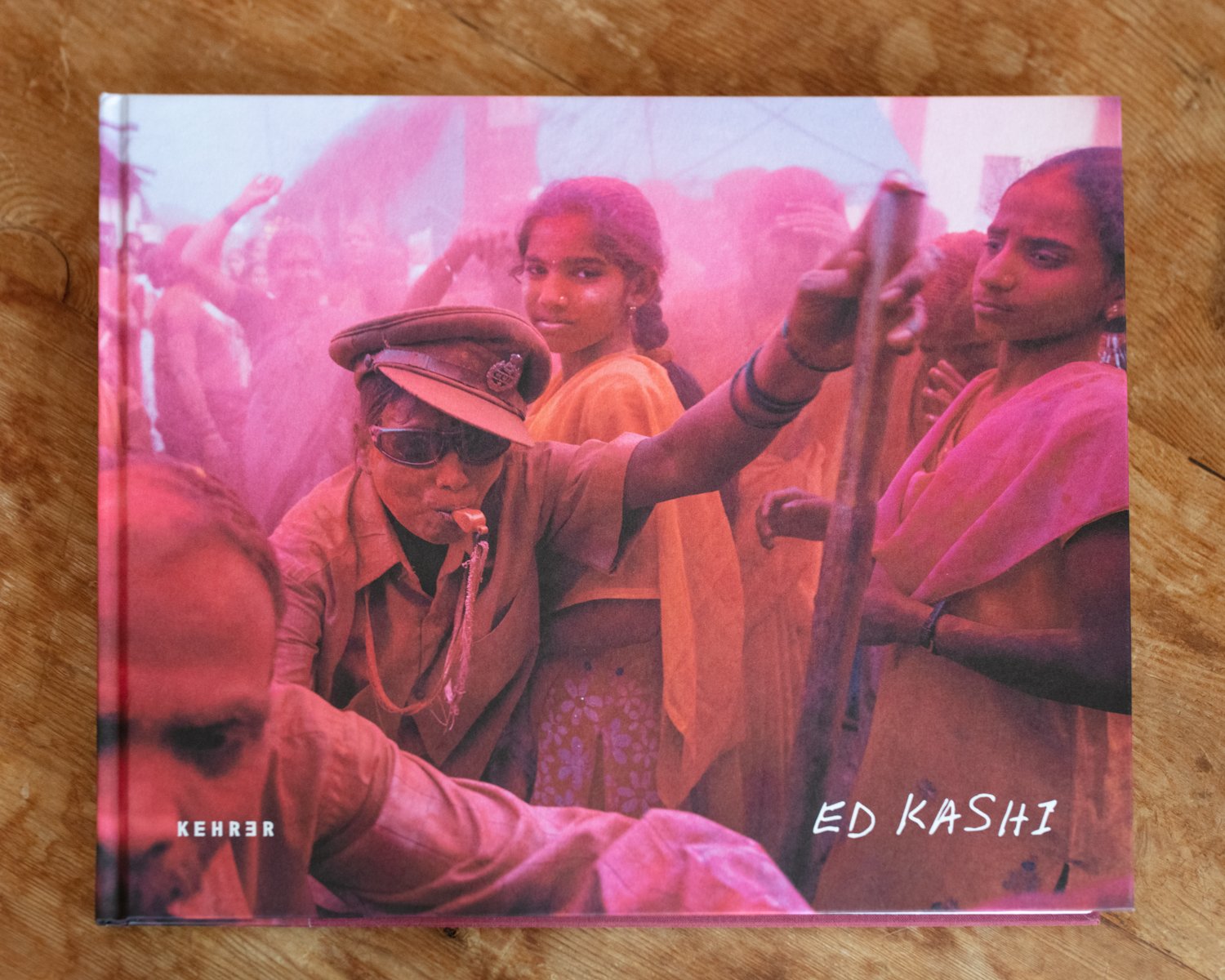
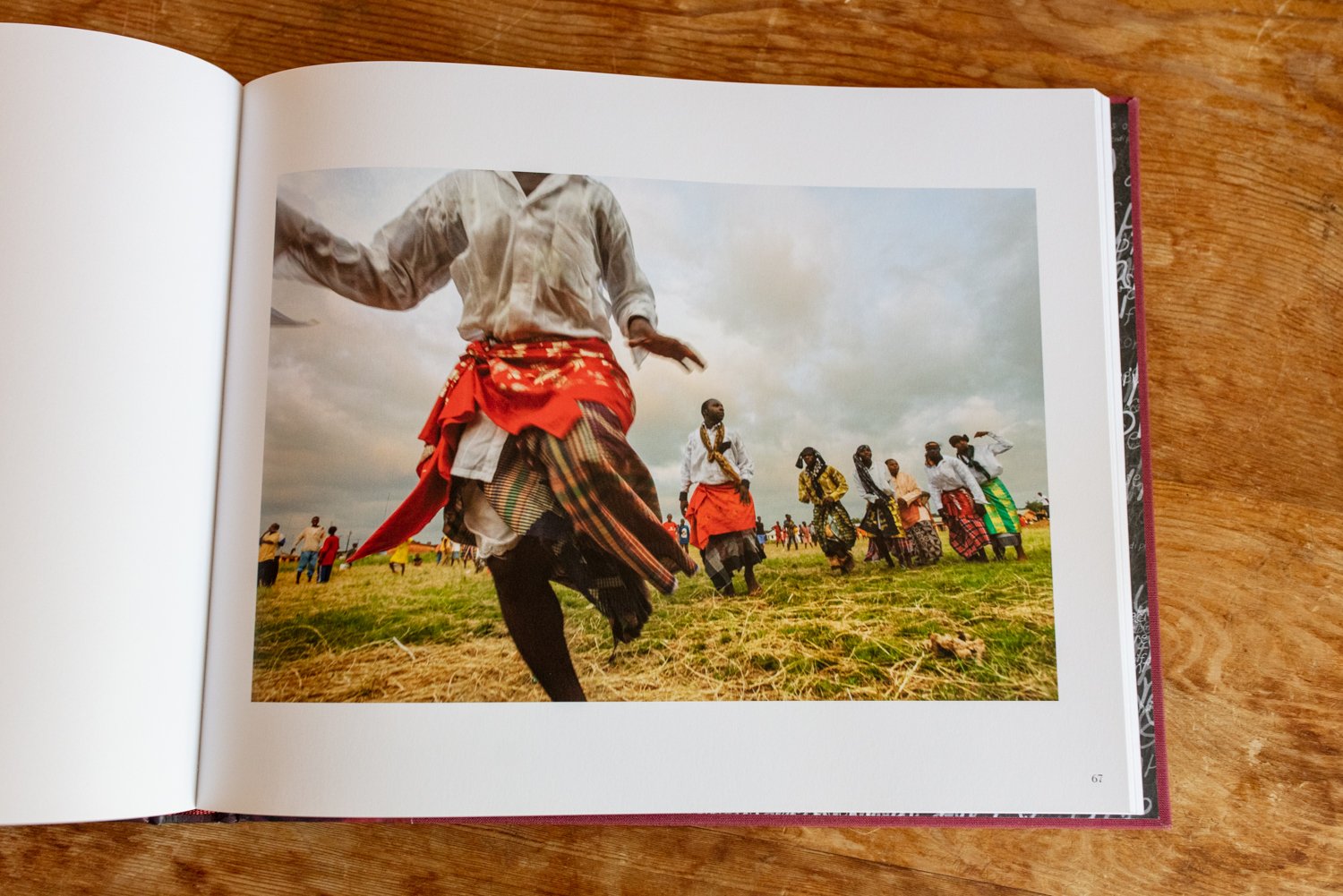

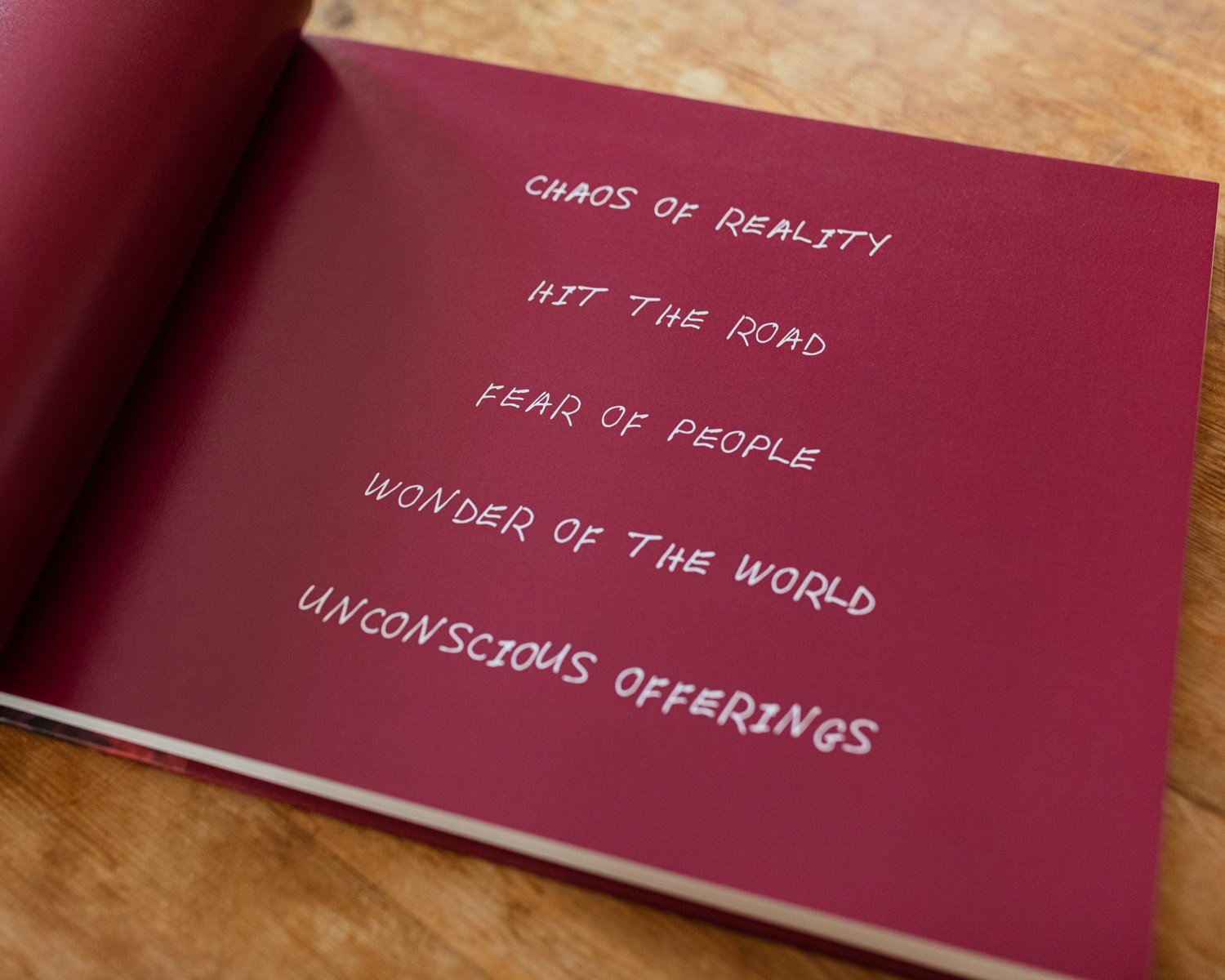
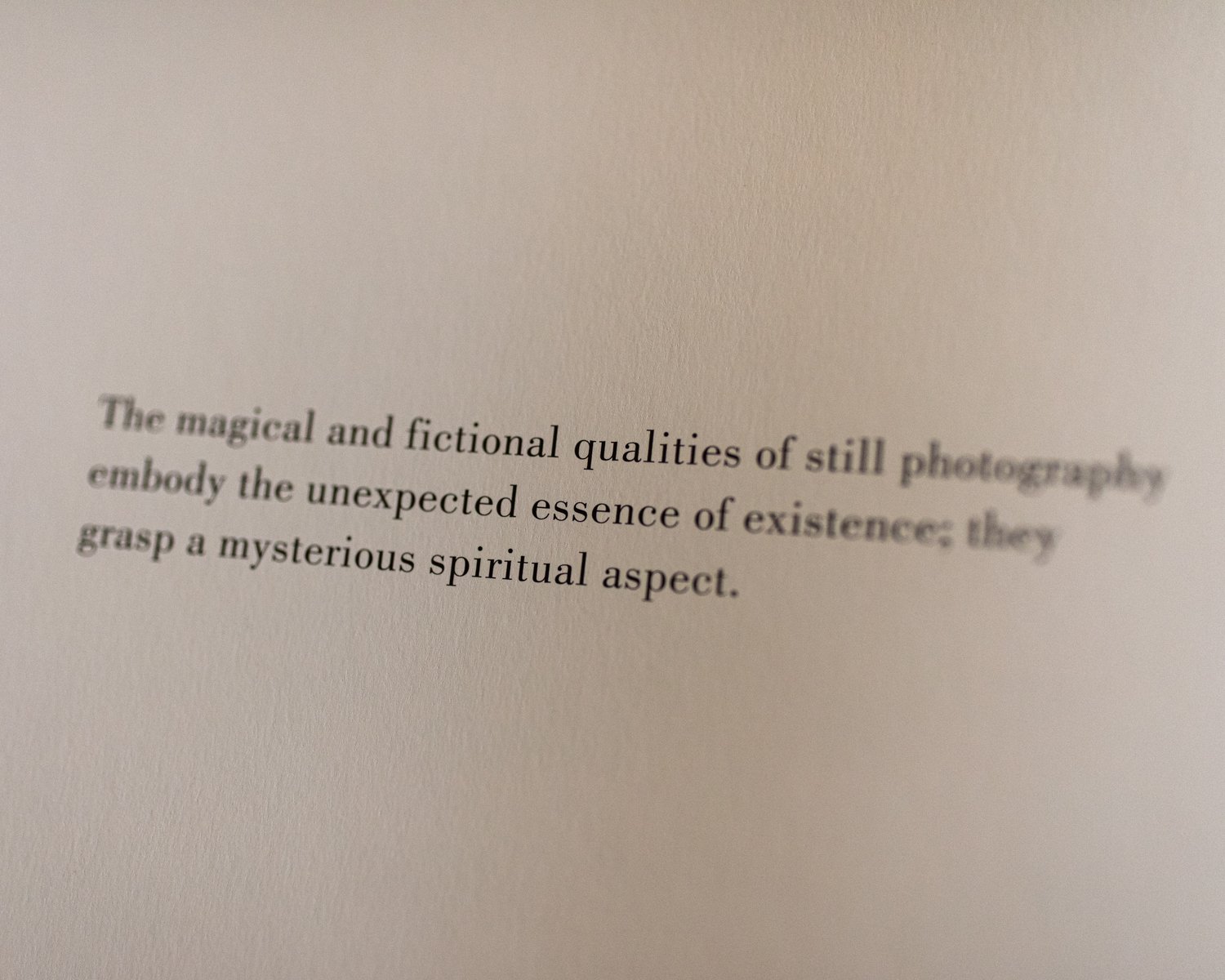
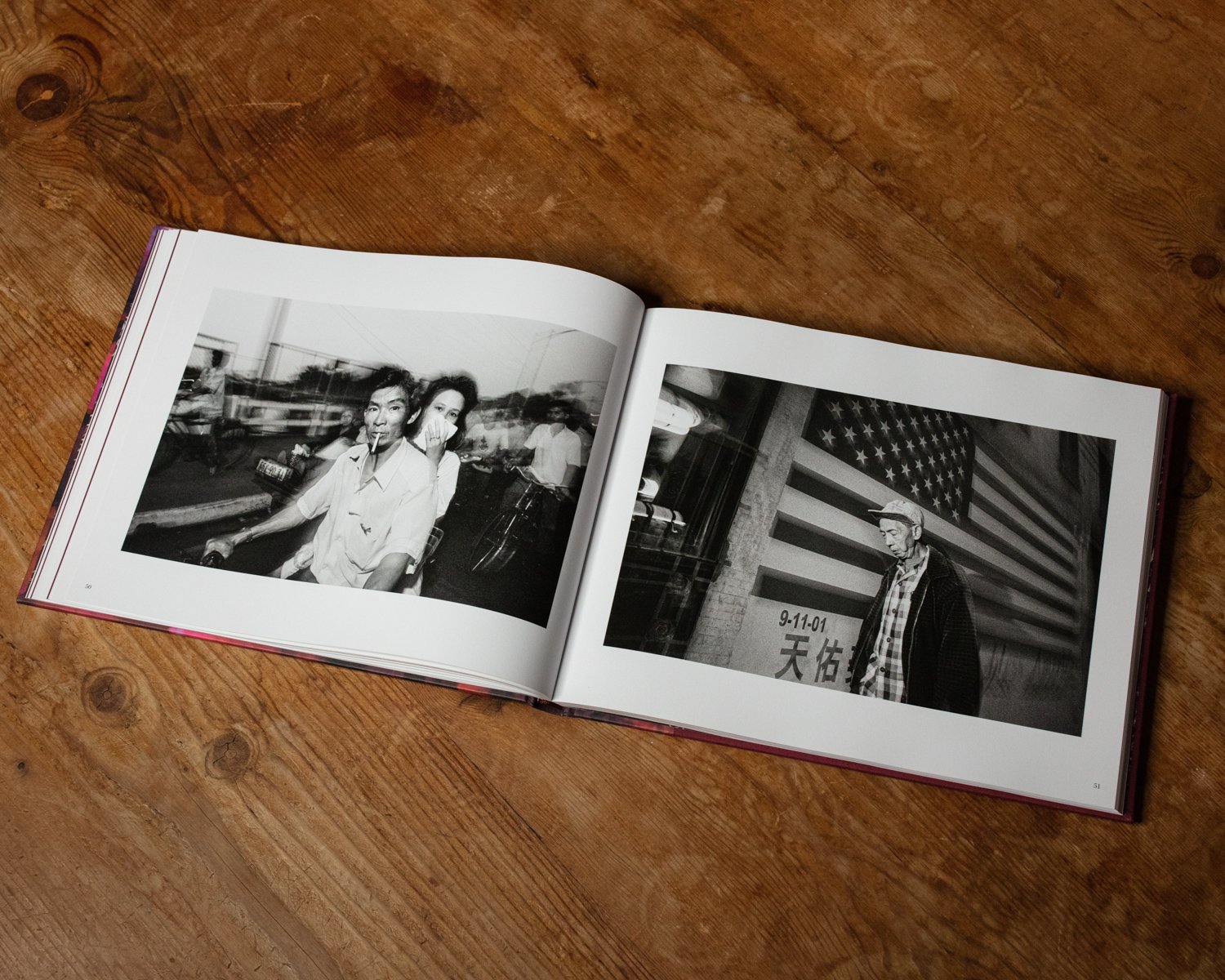
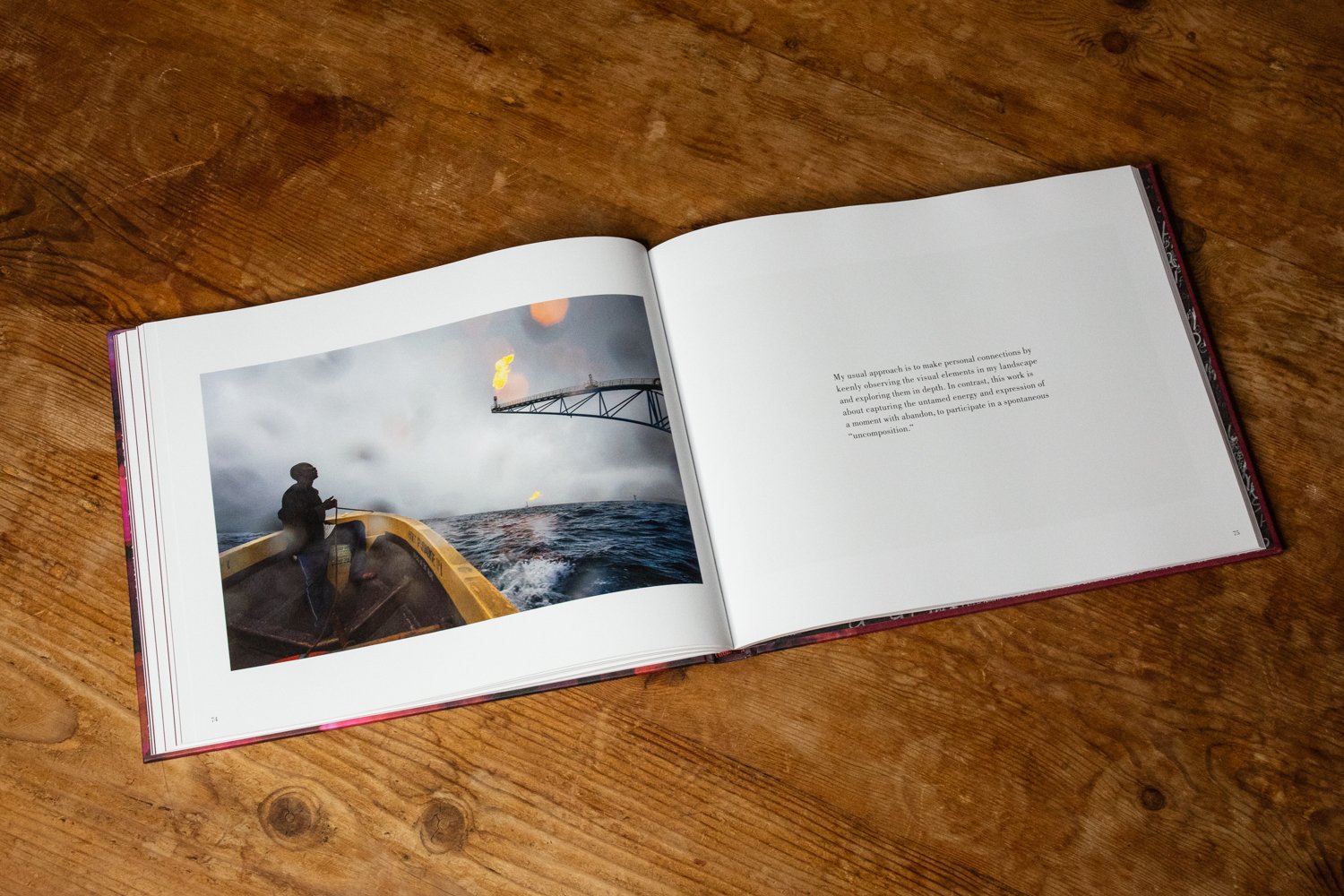
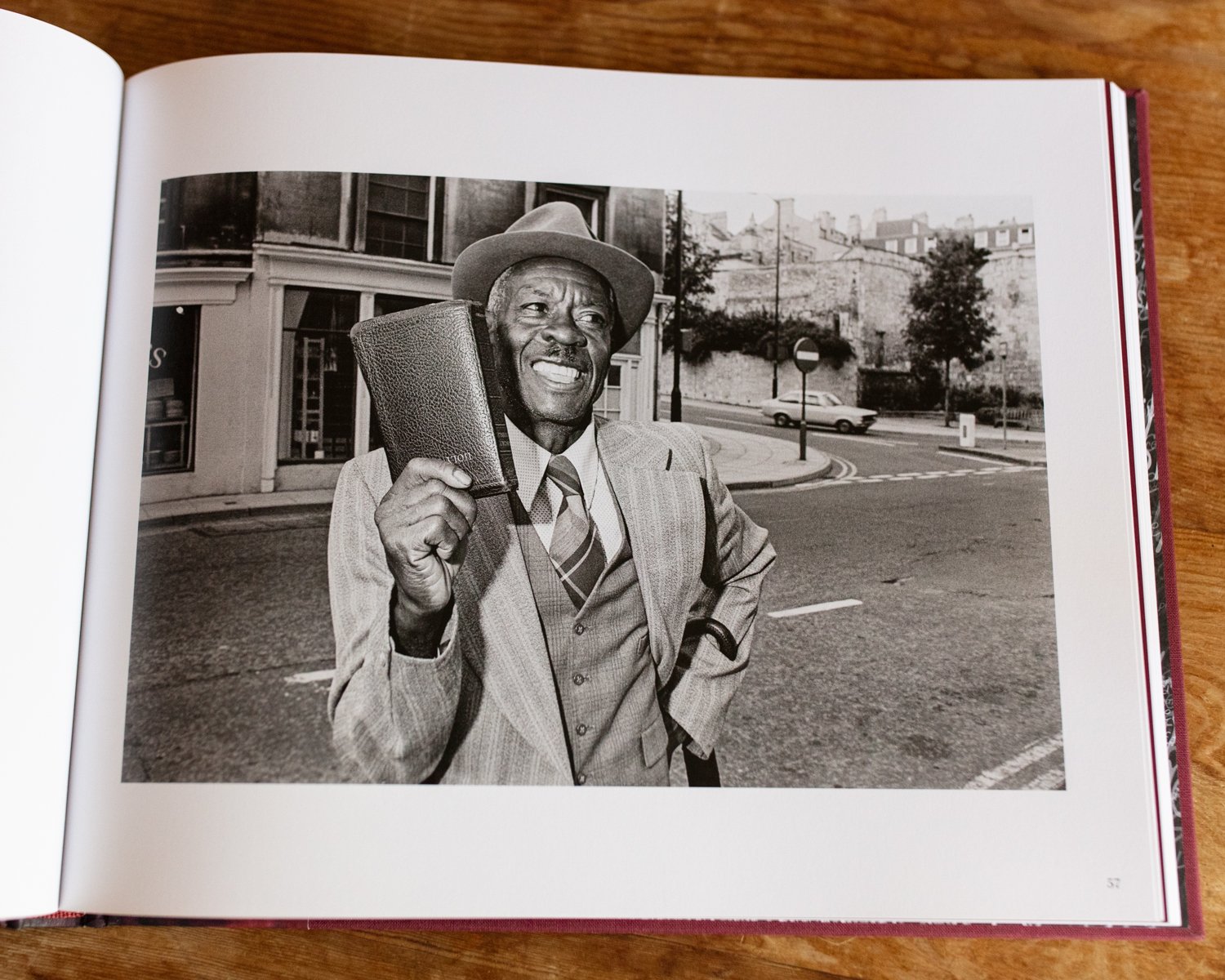
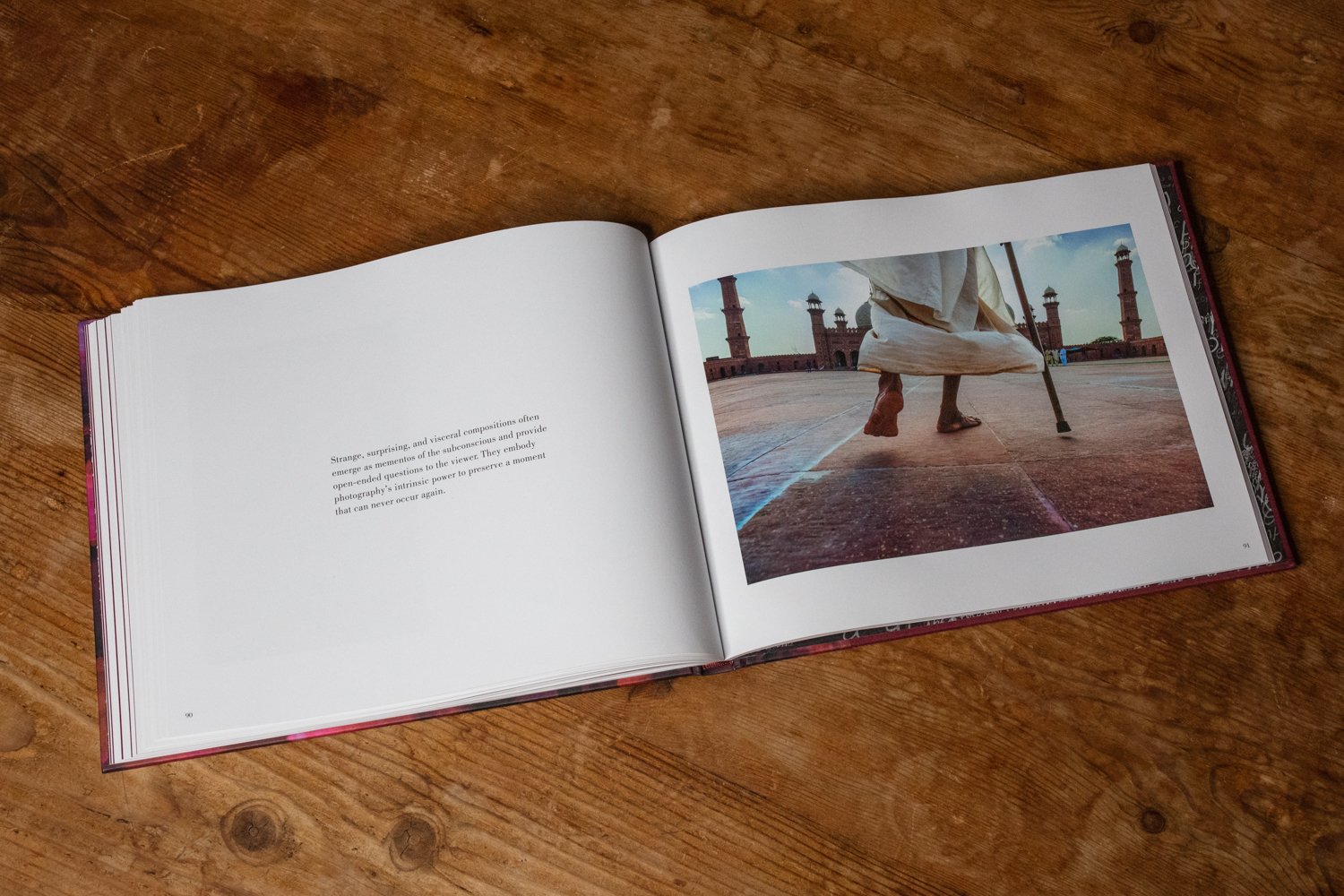
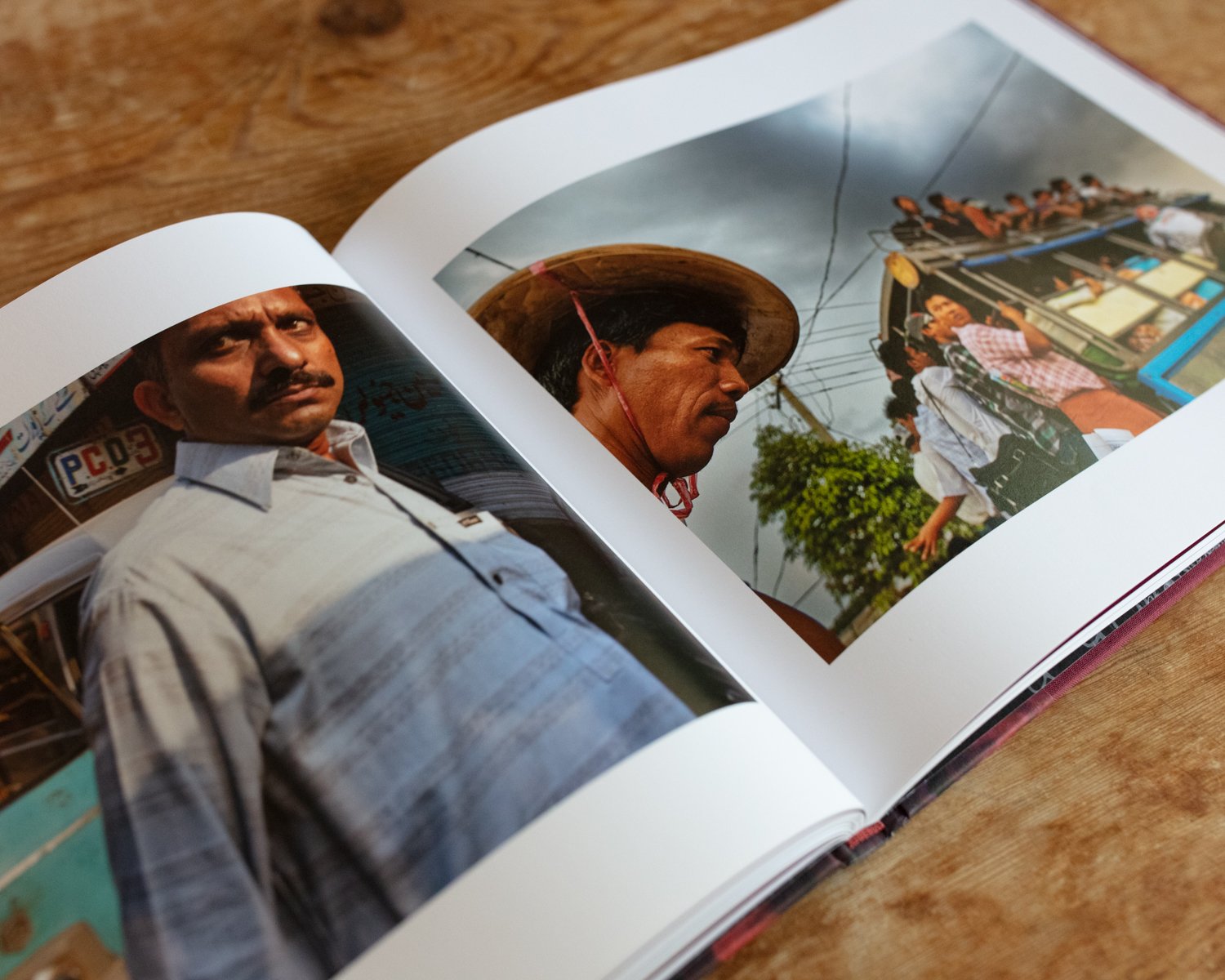
MK: This book covers many of those early days working in the field when it was a film-only proposition and a very different workflow. Were there preferred ways of working with specific cameras and film types that appealed to you most, or was it more about finding the suitable film for the job, whatever it might be? Was there ever a favorite or default way of accomplishing the projects you’d done?
EK: This is an interesting question that allows me to reflect upon the era I’ve had the privilege to work in. I started as a B&W film based photographer, developing my own film and prints. I learned so much about seeing during that time. The work related to abandoned moments was first produced on high-quality Plus-X film for sharpness and tonal depth. As I began working in color slide films, primarily Kodachrome 200 and Fujifilm like Velvia and Fujichrome 100, mostly on assignment for NatGeo and other prominent publications, my approach shifted to less flash and more natural light. Then, in 2003, I shifted to the digital workflow and have never looked back. I love the digital process, and with the newer cameras and their amazing sensors, I can make images with a control, particularly in color, that I never could have imagined I’d have earlier in my career. Given this evolutionary arc, my abandoned moments have transitioned from high quality B&W films to color transparencies to digital raw files. It’s been a tremendous journey, given I was quoted in 1994 in PDN that I would “never” photograph in digital. Little did I know back then, in my righteous stance protecting film-based photography, how much my mindset would change!
MK: So now I must assume that there was a point in time when you either desired to or needed to work in a digital format to do your job effectively. Was it a gradual process or a trial by fire that you had to jump into? I’m sure the immediacy of digital is a crucial aspect of the job now, but is there ever any nostalgia for the analog methods?
EK: In my previous answer, I’ve tackled this question but let me add that once I had the epiphany in 2002 about working in digital, I’ve never turned back. While working on the Day in the Life of Africa book in Somaliland, which was the first DITLO project produced only with digital cameras, I realized that that moment was no less momentous than in the 1930s when plastic roll film along with the Leica 35mm cameras were introduced, and Bresson and the other photographic pioneers of that time were now able to walk the streets of Paris and make multiple images, working fluidly and to some degree less obtrusively. The difference was now we also had Photoshop and the ability to transmit our images in real time globally. So, I have no nostalgia for film other than the slower, more thoughtful approach that film often engendered. As with any technological development, there are pluses and minuses. I prefer to focus on the positives and grow from there. Having said all this, I am thankful to have had the analog experiences for more than 20 years, as it taught me an appreciation for photography as alchemy.
MK: I’m curious to know a little more about working with your wife and filmmaker, Julie Winokur, on motion-based projects as well. You’ve recently crossed over the twenty-year mark in collaboration with the non-profit you two have founded, Talking Eyes Media. Are your projects similar in scope to the photojournalistic themes you’ve developed? I imagine it also gives you more chance to spend time with family - something you may not always be able to do otherwise.
EK: This is a relevant question now. Now that our two kids are grown and launched into their lives, Julie and I have the freedom to work and travel together like we did when we first met 30 years ago. Our work has changed in that we are mostly focused on advocacy journalism and long-term projects, not short stories and photo/text stories, as we did earlier in our lives and careers. Filmmaking has taken a dominant role in our creative process. TEM has become a wonderful conduit for not only meaningful client work but also for producing legacy projects focused on immigration. For the past eight years, we have been looking at the issue of immigration in America in Newark, NJ, in conjunction with Professor Tim Raphael at Rutgers University-Newark, VII Photo, and TEM as collaborators in this unique project we have called Newest Americans. The approach has been hyper-local storytelling of global significance. Our next project looks to focus on immigration and refugees in the Netherlands, something we are in the initial stages of developing. We have always played with the approach of multi-platform storytelling, utilizing photography, audio, video, text, motion graphics, etc. With the addition of social media, we now try to maximize our impact in what effect has allowed us to become publishers.
In terms of family time, it’s never been better, even though our son is in San Francisco. We have only become closer as a family, finding great love and support from one another during a time of anxiety, confusion, and dread about what our future holds in store. I spent the majority of the past 30+ years away from my family, so it’s vital to my well-being to have time and closeness to them now. Being able to work and travel more with Julie has reduced my sense of isolation and loneliness, a condition that is a large part of being a photojournalist.
MK: Are there other collaborators you work with, or do you find it easier or more productive to handle everything yourself? Are there any collaborations in the past that have been particularly beneficial?
EK: I love collaborating, whether in the field or back in the studio. For me, my collaborations are my lifeblood. Julie is, of course, my first choice, but I’ve been blessed to work with a number of people who make my work and experience more profound and complete. Back in 2012-13, I had the great fortune to work with Ashley Gilbertson, also a member of VII Photo, on a couple of films for the New Yorker in America. I’ve also had great experiences with Ron Haviv, both domestically and abroad, working on films.
Over the past eight years I’ve collaborated with Tom Laffay, a young American filmmaker now based in Bogota, Colombia. We have focused our work on the global epidemic of CKDnt (Chronic Kidney Disease of non-traditional causes), making films and photo essays in Nicaragua, El Salvador, India, Sri Lanka, and Peru. That work is not finished. As part of that ongoing project, we’ve had the great opportunity to work with Jason Glaser, founder of La Isla Network, who is an activist and researcher dedicated to finding the causes and solutions to this deadly disease that has killed tens of thousands of mostly rural agricultural workers around the world.
Collaborating with academics like Professor Tim Raphael on our Newest Americans project and Professor Michael Watts of UC Berkeley, who initiated me into the world of the Niger Delta and Nigeria’s oil and gas region. From that collaboration was borne my project that examined the impact of 50+ years of oil and gas exploitation in the Niger Delta and resulted in our book, Curse of the Black Gold, published in 2008.
Within my studio, my collaborators have been numerous and rich. Michael Curry has worked with me for over 16 years, and I’ve watched him grow from a recent college graduate to a master of Photoshop, exhibition printing, color correcting our films, and an IT expert. Talk about being blessed! Most recently, my current Creative Director/Studio manager, Brenda Bingham, has brought her unique vision and sensitivities to my work, along with her multiple skills in photo editing, writing, design, and curation.
MK: Was there a point in time when you felt that you had found your voice in photography and became satisfied with the direction of your work? Do you ever truly find yourself in a good place with your images, or are you always searching for more?
EK: The first time I was able to see and feel my work was becoming what I wanted was during my first big personal project, looking at the Protestant community in Northern Ireland from 1988 to 1992. It was during that project I felt my work had matured to a point where I knew something special was happening. From there, it was learning to work in color during my many NatGeo projects, most of which emanated from my proposals. I learned so much about being a smarter photographer and journalist, how to edit my work and that of others, how to collaborate with editors, and how to create a visual narrative. My photographic voice has been evolving ever since 2000 when I started to work in video, thereby learning the importance of not only motion but sound! My career has come to epitomize the hybrid storyteller, where I work in multiple formats and approaches to achieve the most powerful and impactful work. Photography remains at the core, and my visual eye is the cornerstone of my work.
MK: There has been an astounding number of dedicated and influential photographers working with the VII Photo Agency since its inception. What has your involvement and relationship with them meant to you and the work you’ve created over the years?
EK: Becoming a member of VII Photo Agency has presented me with many opportunities and challenges. I’ve made deep professional connections with colleagues I admire and continue to learn from. Being in a collective has provided a sense of community that was not possible previously. I’ve been afforded great opportunities to create new work and find new collaborations, both in producing projects and utilizing the great archive of the agency to create interesting collections for exhibitions, online presentations, and publications. I also had been thrust into the role of president for a tumultuous 3-year period that caused great personal traumas but, in the end, helped us transition from a very difficult period to a more calm and now highly positive time.
Before joining VII I had forged a highly successful career while supporting a family and many personal projects. When they asked me to apply, I felt it was time to join a group of peers, feeling that whatever I had done on my own, I could have an even greater impact by being part of a group of incredible image makers, storytellers, and dedicated journalists and documentarians.
MK: In looking back, do you think there was ever a specific job or event that became a turning point of success in your career as a professional photographer, or do you feel it’s been more of a slow build over time?
EK: Overall, my career would be represented by a gradual upward arc. Having said that, the one big event that positively altered that arc significantly was my first successful proposal to NatGeo in 1991 about the struggle of the Kurdish people. That project pushed my career to a new level of work and perception. From there, my projects got bigger, my work grew aesthetically, and it ultimately led to my larger personal projects and the founding of Talking Eyes Media as a vehicle to work more independently on issues I cared about and not be beholden to the media.
MK: I know you spend time as an educator and lecturer as well. In speaking to future generations of photographers, do you have any words of wisdom for those setting out to make their mark in the photographic world?
EK: You must believe in yourself, believe in this work, and be ready and willing to work harder than you’ve ever worked. You must be able to withstand a seemingly inhumane amount of disappointment and rejection, learn to navigate the unseemly politics and favoritism that are rife in most creative fields, and basically be incredibly resilient. And you must bring your ideas to the table. You must be insatiably curious, sensitive, aware of your surroundings, learn the customs and mores of the places you work, want to engage with people, dedicate yourself to issues, know how to write and express yourself, be gracious, humble, and bring an open heart and mind.
MK: What about the other way around–has anyone imparted some valuable nugget of advice that has helped you during stressful or difficult times? Do you find that you are still learning?
EK: Gilles Peress taught me that you can’t be great at everything, so focus on what you are great at and push it to the limit. David Griffin taught me about grace even when people or organizations treat you poorly or behave like crap. Don McCullin taught me the value of your archives and to “listen” to their conversations. Julie has taught me to be a better father and family man. My kids continue to make me a better human.
MK: My sincere thanks to you, Ed, for your time and professionalism during this interview. Is there anything else you wish to voice that I may have missed before we conclude?
EK: I guess two things. First, while I wholly support the new movements of gender and racial equality in this profession, I do not want to see us become tribalized and be ripped apart as a community. Secondly, we are living in a period that is forcing new conversations that are terribly overdue, and I am thankful to the new generations of people entering this field who are making me a better storyteller and human being.
*This interview originally posted in its entirety at Analog Forever Magazine, May 22, 2023, here.
You can find more of Ed’s work on his website here.
All photographs, ©Ed Kashi


